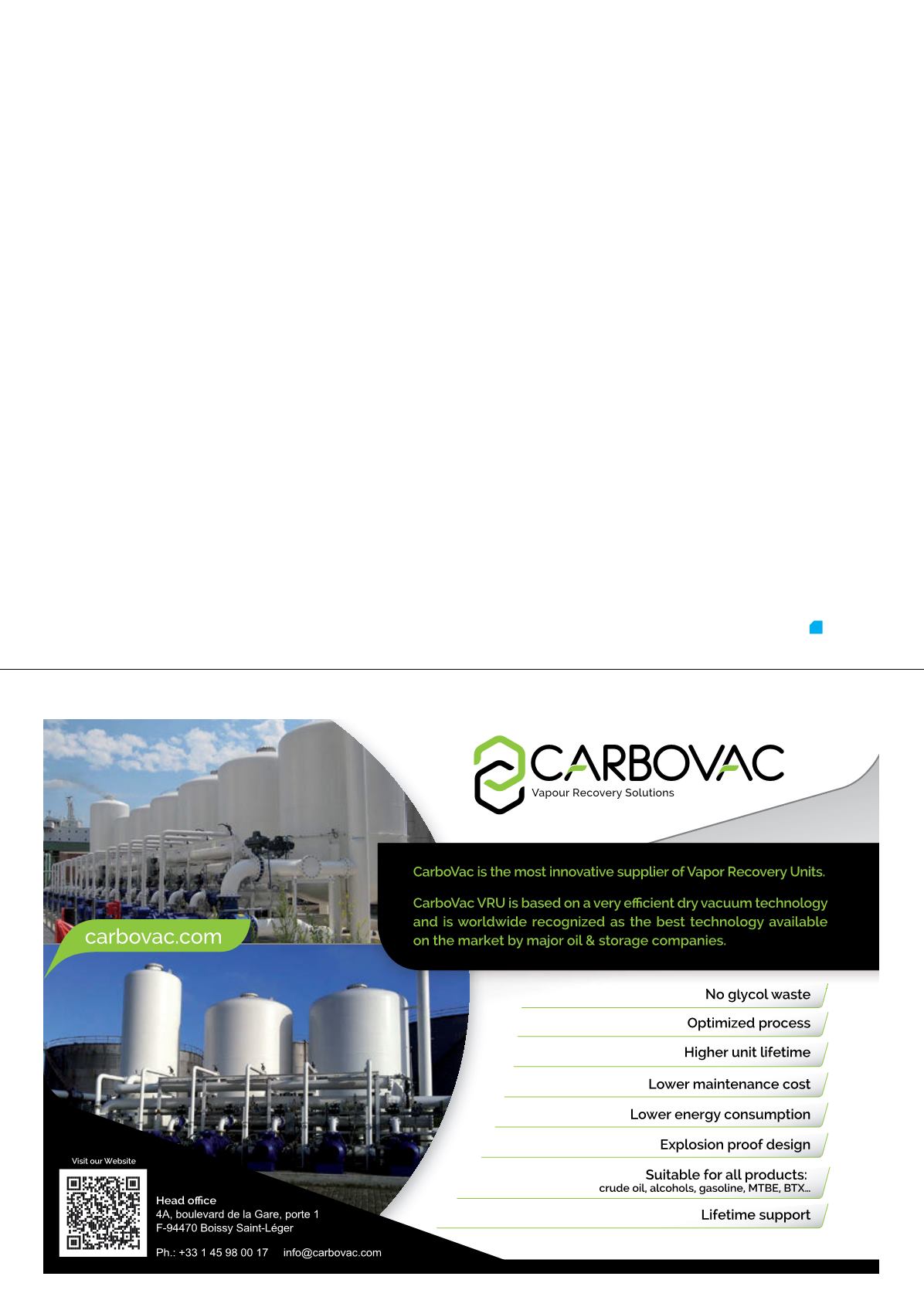
n
Design requirements: As with all valves, consideration has to
be given to the design criteria. The criteria will include valve
design codes, fire test certification, and international quality
standard requirements. The design and inspection
requirements need to be clearly communicated as valve
manufacturers may need to take special steps to meet the
requested specifications.
n
System requirements: A DBB plug valve is a soft sealed valve
that places limits on the operating temperature range. The
temperature rating will be determined by the selected
elastomer as each compound will have its own limitations.
The valve maximum pressure rating will vary according to the
temperature requirements. The most common temperature
range for a DBB plug valve is
-20°F (-28°C) - 350˚F (176°C). Manufacturers can help with the
correct elastomer selection based on the required
temperature.
n
Process media/elastomer selection: First and foremost, a DBB
plug valve is a liquid valve. While gas applications examples
can be found, the valve is typically designed for liquid
applications. Soft seated DBB plug valves are susceptible to
explosive decompression of the seat seal in a gas application
when exposed to high differential pressures of the line and
body cavity. Soft goods selection is critical to ensure extended
life and the prevention of valve leaks. As seen in multi product
tank farms, the challenge will be selecting an elastomeric
compound that will be compatible with the various products
being segregated. Each elastomer will have its limitations or
merits to chemical resistance, temperature ratings, and
pressure ratings. Experienced manufacturers should be able to
recommend the proper elastomer for the many stored
products.
n
Materials of construction: DBB plug valve manufacturers
generally offer carbon steel, low temp carbon steel, and
various stainless steel components for the pressure containing
items. All manufacturers will utilise castings for the valve body
and plug. The bonnet (top plate) and lower plates will be
made from castings or rolled steel plate. In all cases, the
materials of construction should meet minimum industry
design requirements. Pressure controlling components
typically will be constructed from ductile iron, or common
alloys.
n
Port type: DBB plug valve port type availability will differ by
manufacturer. These valves can be manufactured in venturi
port, reduce port, or full port. Manufacturers should follow
API 6D face to face guideline dimensions, which in most cases
will determine the port configuration type. Full port, through
conduit DBB plug valves will all be per the manufacturers’
specifications.
n
Actuation: It is common to fit a DBB plug valve with secondary
actuation. The chosen actuation method will be determined
by which lift and turn design is incorporated by each
manufacturer. Available power is another consideration which
will impact the actuation method. Electric, hydraulic, and
pneumatic are the most common power options. Actuator
sizing is very important to protect the valve drivetrain from
damage as well as to help ensure repeatable positive valve
closure. Manufacturers should be able to provide the correct
torque and thrust requirements for the correct actuator sizing.
DBB plug valves provide tank and terminal operators with a
valve option that encompass all the features and benefits that will
help keep refined product moving through pipeline manifolds, help
ensure accurate metering, and help to maintain tank integrity.
T&T


